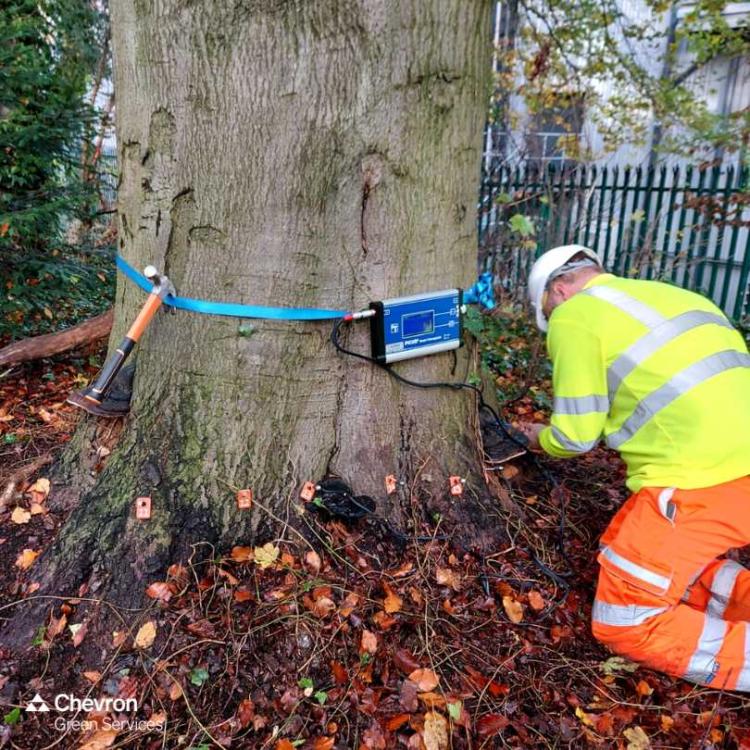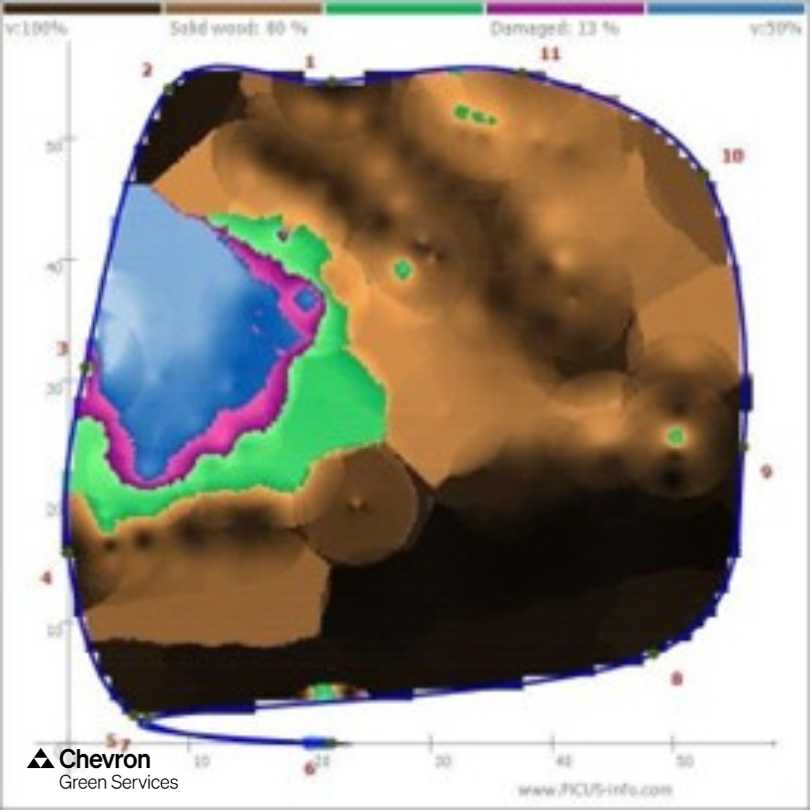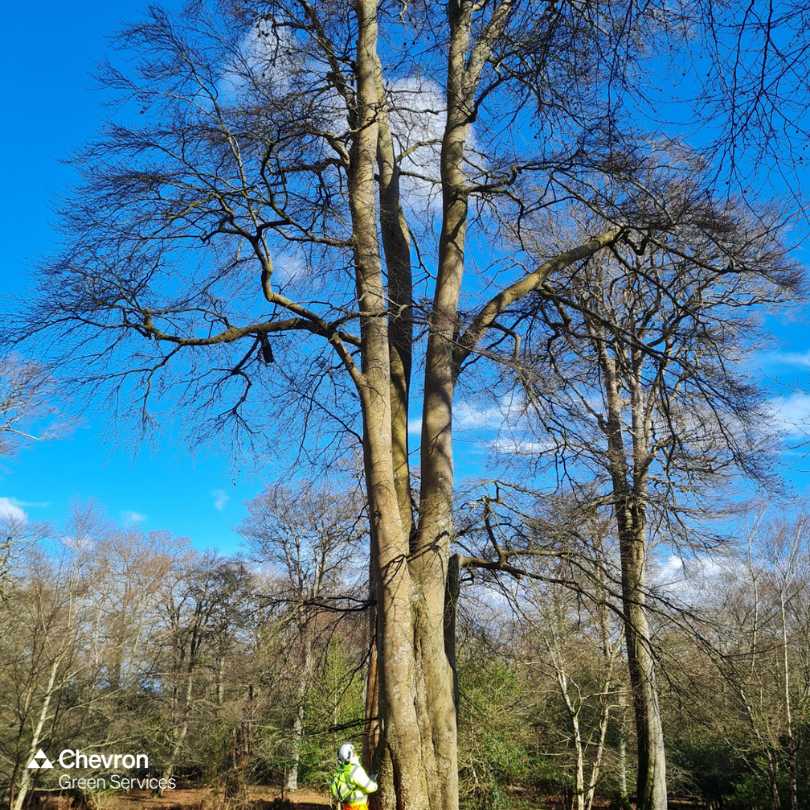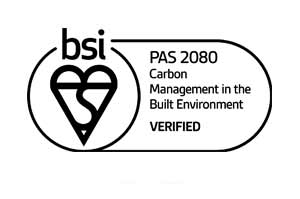
Our Consultancy division carry out a range of tree condition inspections and surveys for various clients who all have different requirements as to the data they need collecting.
Surveys cover a full range of requirements, including:
- A full asset survey, recording details for all trees on site so a full inventory of the asset is produced.
- A negative survey, where all trees are inspected but only the trees requiring remedial works are recorded. This can be for all trees on site or just those with targets e.g. something that would be hit if the tree or parts of the tree fail such as a path, fence, road etc.
- Re-inspection or monitoring, where a tree has previously been recorded as having a defect but needs to be inspected again to see if there is any change, or to reinspect at a different time of year to assess leaf coverage and condition, or presence of any fungal fruiting bodies etc.
- Oak Processionary Moth (OPM) inspections, usually carried out in April / May time to see if OPM caterpillars are present on oak trees and what action is required to treat them.
- Individual tree inspection, where 1 tree is thoroughly inspected and a detailed report produced on its condition.
- Decay detection using a Resistograph / Resi-drill. This usually follows an initial tree survey where internal decay, cavities or cracks are suspected and need to be investigated further. The device is essentially a very long, fine, flexible drill bit that bores into the tree trunk and measures the resistance of the wood. The readings are then analysed to assess where and how much sound wood is present.
- Decay detection using a PICUS Tomograph. This is a tool often used in combination with the Resistograph, but also used in isolation to give a full picture of the potential internal issues within a tree. The PICUS has a series of sensors that are placed around the circumference of the tree and each one is hit with a special hammer in turn and the sensors measure the velocity of the sound waves. The velocity changes with the density of the wood, decay and cavities and so a picture is produced showing different values which can then be interpreted.

Resistograph in use at the base of a Beech tree.
Tree survey methodology
The Visual Tree Assessment (VTA) methodology is usually adopted to ensure a consistent approach to inspecting each tree. The surveyor will look for anything that is not ‘normal’ for a tree of that species (different species have a different ‘normal’).
This is done by looking at the tree from afar to see the overall form and if there are gaps in the canopy for example which may suggest subsiding branches, or obvious areas of dieback. The tree would be assessed either from the ground up or from the top down, but each tree should be done in the same method. Dieback in the crown, minor or major deadwood, cracks, splits, fungal fruiting bodies, dead bark, cavities, decay, stem swelling or buckling, tight forks / weak unions, hanging branches, fluxes and disease are some of the many things that a surveyor would be looking for.

Example PICUS reading with brown areas showing sound wood and the coloured areas showing degrees of decay / cavity.
Binoculars are used where required to get a better view of the tree, particularly the upper crown. A sounding hammer (nylon hammer) is used to tap the lower tree trunk to listen for hollow sounds that may indicate cavities / decay or splits in the stem. A probe is used to dig into areas of decay or cavities to try and determine the depth of any defects. Generally, the inspections are non-intrusive, however sometimes a small knife may be used to remove some bark to check for diseases such as phytophthora.
If a defect is found the tree is then assessed for the likelihood of the tree or part of the tree failing, the size of that part and if there is a target that the tree would hit. This gives an idea of risk and therefore what work is required and how soon it needs to be done. If specified by the client, trees that require remedial works are tagged using either plastic or aluminium tree tags or sprayed using fluorescent paint to help identify the trees on site.

Data collection
The tree survey data is usually collected using tablets or smart phones, with software that we have a license for such as OTISS or ArcGIS, or using software that the client has a license for such as Ezytreev or Confirm. These all work in a very similar way, with survey forms that the surveyor completes for each tree.
The data collection fields are tailored to each client but usually include:
- Map location
- Location description
- Tree number
- Tree tag number
- Quantity of trees
- Species
- Age
- Height
- Stem diameter
- Physiological condition
- Structural condition
- Defects
- Targets
- Risk (size of part affected, likelihood of failure and target/impact)
- Remedial works
- Priority
- Bat roost potential
- Other ecological constraints or hazards
- Photos
- Surveyor name
- Weather conditions
- Date of inspection
- Date of next inspection
- Notes / Comments
Reports
Each client requires different outputs from the surveys. The survey data is exported for the client to upload onto their own system.
Written reports are also produced either as a summary overview of who has surveyed what, when and how, or as a very detailed report giving a summary, introduction, limitations, methodology, findings, conclusions, recommendations, survey data, maps, photos and any appendices such as decay detection readings.
How can Chevron Green Consultancy support you?
Our Arboriculture Consultancy team are on hand to provide guidance and recommendations on the types of tree condition surveys you require for your estates. They also undertake the surveys all across England and Wales.
Get in touch to book in a Consultation: Consultancy@ChevronGS.com



















